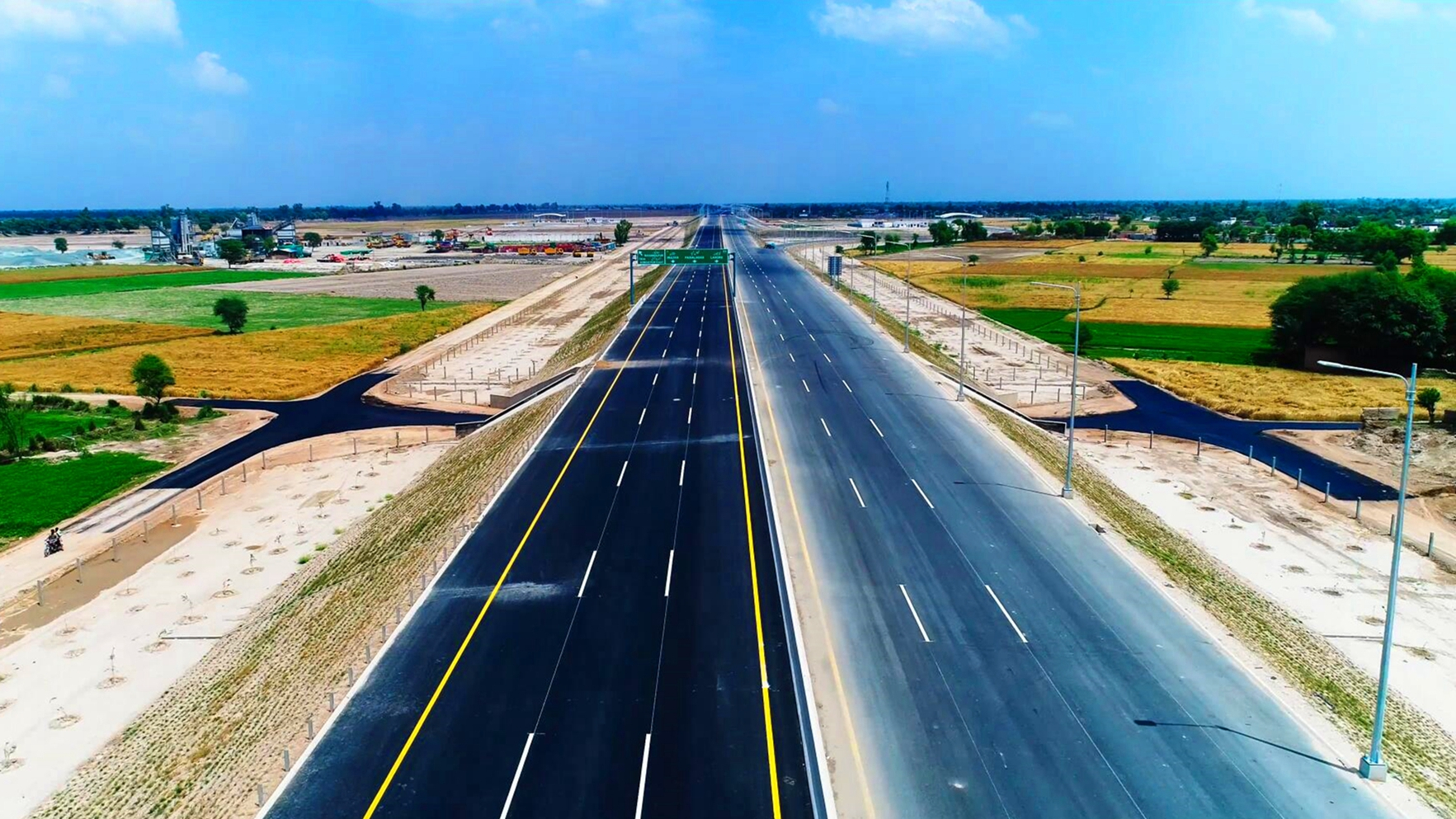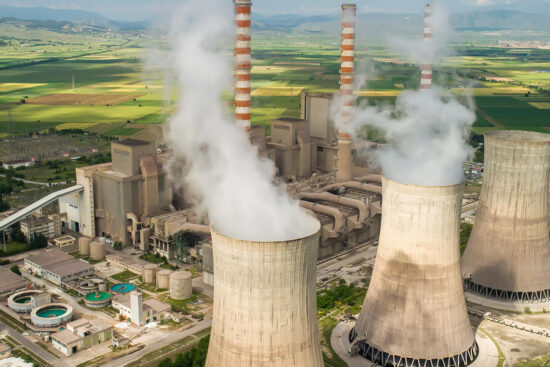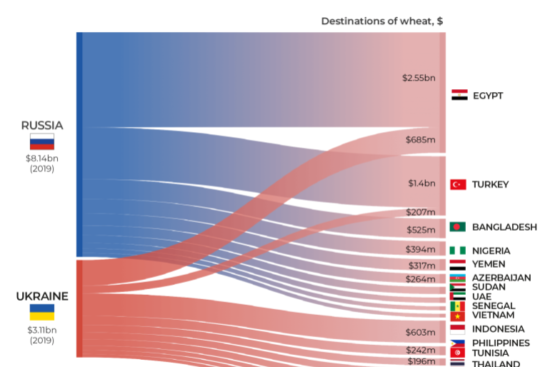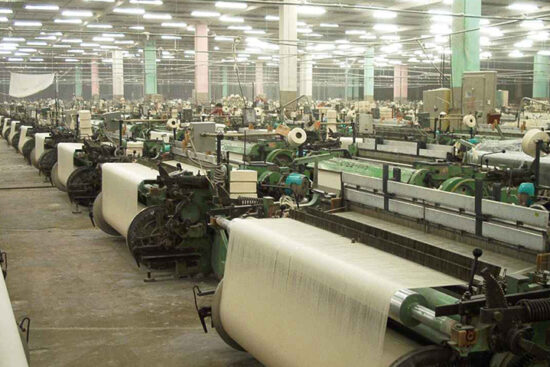
From the center of South Asia and the Middle East, Pakistan is the focus of a geopolitical grand game, with current phenomena and emerging complexity precipitating a narrative that could turn the page of history in the region. But the major line being touted with CPEC (China-Pakistan Economic Corridor) is that it not only changes Pakistan’s economic scenario but also allows for enhancing Pakistan’s geopolitical positioning and regional pull.
Transformative Impact of CPEC
The China-Pakistan Economic Corridor (CPEC) is the major source of economic growth and connectivity has been one of its most illustrative roles in Pakistan.
The China-Pakistan Economic Corridor (CPEC) is the major source of economic growth and connectivity has been one of its most illustrative roles in Pakistan. With the latest undertakings like the ML-I initiative and the Gwadar International Airport opening, the CPEC will be rescripting the rule book of development and advancement in Pakistan in the year, 2024. ML-I project is a step that all rail routes, it is an essential initiative to fix earthquake-damaged infrastructure and help the cities of a multitude of connections from Metropolitan Karachi to Peshawar.
Apart from the transportation infrastructure, CPEC is a bundle of the most viable initiatives towards the socio-economic development within Pakistan. From founding a joint agricultural technology laboratory to vocational training programs and healthcare projects, CPEC is producing more and more electricity across various sectors, recuperating a holistic view of sustainable development.
Socio-Economic Development through CPEC
In addition to this, SEZs that are being developed are expected to be the leading factor in the economic growth of Pakistan through attracting investment and involvement in industrial diversification. These free trade areas that are purposely placed in different areas of the country reflect the transnational sense of CPEC and its focus on creating jobs.
Gwadar, which is linking CPEC with the rest of the world and taking place on this, is being reshaped. The construction of proper plants and management systems for water treatment and transport while developing healthcare facilities such as Pak-China Friendship Hospital is a vivid example of the comprehensive impact provided by CPEC on quality of life and economic activity.
Also Read: NLC: Unlocking Pakistan’s Trade Potential
Regional Implications and Challenges
While the above-mentioned domestic initiatives are important, the roles Pakistan plays in the broader regional context must be recognized as well. The most recent development, the engagement of the Iranian government with the Taliban-led Afghan administration, as well as India’s prompt interest in the situation, exemplify the complex geopolitical positioning which is developing in these regions. As for the neighboring countries, they will open up new trade lines and strengthen their regional integration, the responsible foreign policy of Pakistan calls for the team.
The return of terrorist groups such as ISKP and TTP to power in Afghanistan is a common concern of these two countries, so it is very important to encourage cooperation between them for regional security. Through sharing intelligence, coordination of border control measures and the pursuit of joint military efforts mutual supportiveness can be achieved, and this will destabilization and terrorism throughout the region.
Pakistan must utilize the entire potential of economic connectivity projects.
Being in such a critical state of the economy, Pakistan is faced with a variety of challenges and opportunities that are accompanied by a changing realm of region as well as the world. The China-Pakistan Economic Corridor (CPEC) is a highly ambitious initiative that Pakistan’s government focuses on. Its task is to connect the countries more and help people and economies to grow in the South Asia region. In pursuing the strategic ambition of CPEC in the complex geopolitical environment, Pakistan must utilize the entire potential of economic connectivity projects such as CPEC to fulfil the goal of being considered an important player in shaping the destiny of South Asia and the Middle East.
While the China-Pakistan Economic Corridor (CPEC) is the front line of Pakistan’s two-pronged economic agenda for the year 2024, it is designed to develop a network of infrastructure projects stretching from transport to energy, telecommunication, and industry. The main line-I (ML-I) project presents the front of CPEC’s transformational effect, connecting Karachi as well as Peshawar for 930 kilometers, and it marks the beginning of the era of modern rail infrastructure. The project goes beyond critical utility needs and manifests into the roadmap for increased convenience and developmental potential of not only the route but the entire area.
Gwadar’s Emergence as a Strategic Hub
Besides the unveiling of the Gwadar International Airport in mid-2024 would also accentuate another accomplishment of Pakistan during its endeavor to spur its economic connections and regional linkages. With a total area of 4,300 acres, the airport boasts world-class facilities that will address the need for trading and commerce at the global level and build the upward momentum of trade and cooperation between China and Pakistan. These developments indicate that of the potential rise of Pakistan’s economy and its role in the world’s economy which depends on its position in the global economy.

Beyond roads and railroads (a part of the transportation infrastructure), CPEC involves the adoption of projects allowing for interprovincial growth as well as the industrial development of a country like Pakistan. Various agricultural technology laboratories, vocational training programs, and healthcare projects as tools to CPEC’s wider vision of sustaining development and signify the centrality of human capital and social infrastructure to the ongoing economic progress. Also, new job-creating zones will help to attract new investment, create jobs, and increase industrial sector performance in the country due to diversification which therefore spurs economic growth in certain regions of the country.
Fast transformations could be observed in Gwadar, a vital port city located at CPEC’s main gate; infrastructure upgrading and energy projects in the area give this city a new push as the international trade and logistics center. To cite only water treatment plants and healthcare development, one can testify that the projects under the CPEC umbrella are highly multifaceted in bringing about a positive shift in the living standards and economic status of the residents of the Gwadar region. Besides, energy initiatives like the 300 MW Coal-Fired Power Plant depict Pakistan’s determination to channel its efforts to ensure the required energy with an ecologically responsible approach.
General regional context involves perspectives of economic connectivity projects which in particular case of CPEC, profoundly impact regional peace and power relations. The two examples of Iran – Afghanistan engagements and India’s expanding influence in the region highlight the fact that these nations struggle with multiple interests and interferences in South Asia and the Middle East areas as well.
The opinions shared in this article reflect the author’s personal views and do not necessarily align with the institution’s official stance.



















Leave a Reply